Belladonna is a mystery point-and-click adventure in classic style. When the game starts you wake up in an empty laboratory; a creation brought back from the dead. You have no name, no identity and no memories. What do you do? You soon find a few hasty journal notes, which gives you some hints as to who brought you to life and why, but as you claw your way out of the laboratory and towards the big world, you start to realise that more have happened to lead up to your re-animation than you previously believed.
In many ways Belladonna can been seen not as a game, but more of a short novel, only instead of turning the next page you actually have to walk over there. There are many reasons I choose to make Belladonna into a game and not a book, but the biggest one the experience of finding out more and more about the back story, where player and the player is on exactly the same level. The assumptions the player makes based on what is visible in the first level will give the player character all the knowledge she has.
Now, I have never undertaken a task like this before. In fact, this is the first time I work on a game production that has any type of complete narrative whatsoever. But how hard can it be, right? I have written stories before, and I have made games before, after all. Here are some of the difficulties and tricks I have run in to:
1. How is the story delivered?
The story pieces mainly come in the form of lost journal pages, written by several of the game’s characters, which you pick up and collect throughout the game. This type of story deliverance in a games has been seen before; 2K’s Bioshock for instance let’s you pick up cryptic, recorded messages hidden here and there as by mischievous gnomes (that is, level designers).
In Bioshock, however, these story snippets are often more of an extra seasoning on top of the massive narrative that makes that particular game what it is. It is quite possible to play through the game without listening to a single one. In Belladonna they are crucial to the whole experience.
As I mentioned above, what I am working with here is pretty much a novel, where all pages have been torn out and scattered throughout a game. I will talk more about what I do to intertwine story and gameplay, but the fact remains that a big part of Belladonna is picking up pages of text and read through them. The problem with this is: what happens if the player misses, or wilfully ignores, one or several of the journal pages? She will lose track of the whole game experience and everything will big a great mess.
So:
2. How do I know it really is delivered?
First of all: the diary pages are never hidden. It will be practically impossible for the player to miss a page, unless she wilfully ignores it and walks right by.
But why are the pages from private journals and letters lying around right there on the floor of the basement? The answer is of course that the game design dictates that this would be a good place for the player to acquire this information. My guess is that, right before the events of Belladonna takes place, a “paper nuke” went off, with a huge blast wave that left everything completely untouched, except every piece of paper in the castle, which was scattered all over the place. This gets especially ridiculous when you, by the end of the game, enter an old mausoleum that has not been breached for generations; only find a note on the floor written mere weeks ago.
On top of this I am also working on a small particle effect, or a similar solution, that will draw even more attention to the missing journal pages. I am even debating a feature, where whenever you leave a room and haven’t picked up all the pages the player character will mention that she thinks there are more to explore, before leaving the room. The important part is that she does leave the room. I do not want to force any player for go back and seek out every single secret in order to proceed. If you really want to, against all recommendations, get to the end of the game and not read a single line of text, you should be able to.
In conclusion, I try to make the act of picking up and reading a new page very easy, and missing a page very difficult.
3. Continue making important things easy – the interface
I have also spent a great deal of time on designing the sort of inventory menu where all the collected pages end up. Most of the time you will find the pages in chronological order, but not always, and the story is told form a few parallel viewpoints. To illustrate this I wanted a layout that showed in which order the pages are supposed to be read. The current arrangement has two tracks that follow each other in a loop. One track is the narrative of Belladonna herself, and the other is the notes written by the doctor who developed the re-animation process.
Clicking a thumbnail will open up a big, readable version of the page, covering pretty much the whole screen. But how do you know which thumbnail is which when all of them just show some miniscule text you can’t read? I intend to work a lot with the silhouette of the text, to make every page unique and distinguishable even in thumbnail formant. I am also thinking of adding small sketches, doodlings and maybe surgical notes on many of them. Each character will also get a unique letterhead with his or her name, almost like a logo on the top of every page. The result will be that every thumbnail will correspond to a specific page, and the player will easily be able to open the letter she was looking for.
4. Fonts and readability
In the spirit of making the journal pages easy to read, let’s talk about fonts. I have only just begun looking in to this, but I know that I want to give each
character its own font, and I want them to be sort of handwritten in style, yet not at all messy and difficult to read. An idea is to actually write these things by hand (or preferably find a friend with a decent hand to do it for me), scan them and put that in the game. That could give a really nice result, but the downside is that it will be a lot of work if something needs to be changed or edited. Most likely I will work with computer fonts until the very end, and then create a final, final, final version with actual handwriting.
5. The writing process
But enough about game- and graphical design, what is it like to actually write stories? And how does one go about doing that? When I work with art and graphics I often find it to be a very good practice to start drawing on paper first. It has to do with clear design and figuring out what is the most important thing about what you are drawing, but that is not what this article is about.
The point is that I applied the same principle to the writing process, and I even took it one step further. It was past midnight when I turned off all the light and started lighting candles. I sat down with a pen (ink is crucial, no eraser allowed) and started writing journals by hand. The whole thing became something of a performance art. This gave me an archive of text, which I could then start working with digitally. Just like when I create artwork for games.
6. So what about long walls of text?
Originally my plan was to have quite short texts that were to be very to the point and dense on information. Sitting down and reading though long texts can be hard work (in fact, I’m surprised that you have gotten this far in this article) and have I mentioned before that I am anxious to make these journal pages extremely accessible and user friendly?
I am however working my way away from that. Partly because of the argument that if you are playing a classic adventure game you kinda know what to expect from it. I estimate that most of my target audience will be delighted to read every single sentence, and scour the levels not to miss a single page. My other reason is that my first attempts were very short and basic, and lacked any literary quality. After all, I want this game to be a good read.
7. Research
This brings me to my next point. When I work with art (okay, yes I am originally an artist) I often collect reference material. For this game, for instance I have looked at the movies Nocturna and Frankenstein from 1931 among other things.
Can this method be used when writing as well?
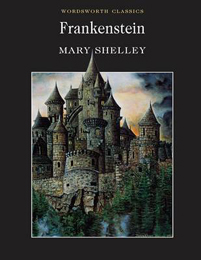
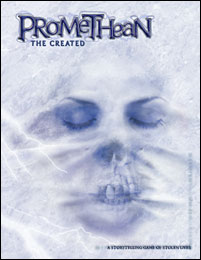
I am looking into Shelley's Frankenstein, obviously, but also White Wolf’s Promethean the Created, which has a more modern flavour, for better or worse. Just like with graphical references I am looking for things to write about, motifs, but more importantly I am looking at style.
Frankenstein is actually written in the form of letters and journals form the characters’ perspectives. It is beautifully eerie rather than scary, which is exactly what I am trying to achieve with Belladonna. I also notice that the book very rarely describes events that happen, but instead the characters reactions and opinions about the events. Prometheus the Created, a modern text and a roleplaying rulebook rather than a novel, is more sensationalistic and “action-y”. I suppose I am aiming at something in between.
8. My personal fear – renderings of deep emotion
This is more of a note for future problems I expect to encounter. I know that I will have to write a text about Belladonna's great love, and one about her great loss, and those two letters scare me. I have written short summaries for all the text in the game, and it is embarrassingly clear that the text that are scheming and manipulative and describe a strategic plan are very detailed in their first iteration, whereas the texts about emotions pretty much are “here be love”.
How do I write about emotions without sounding tacky and silly? I intend to solve this with more research, but as of now I have no clear idea about where to start. I looked a bit at Sapho, as women writing about women is relevant in this case, but ancient greek poem fragments wasn’t exactly spot on when it comes to style.
The search goes on.
9. Merging story and gameplay
When making games with story it is very easy to end up with a gameplay layer and a story layer. This can for instance take the shape of a level of playing, followed by a cut-scene, followed by another level. It is a tricky thing to completely merge narrative and gameplay in to a fully interactive story.
The gameplay in Belladonna pretty much consists of walking around and looking at things. In many ways, the reading through these journal entries is a large part of the gameplay. What I try to do is making as many objects in the levels as possible relate to the story. Paintings on the wall, names on graves and so on are as much as possible connected to the story from the journal pages. I also have a portion of the items you pick up and use in puzzle that I call “lore items”. Pretty much all physical object that are mentioned in the story (these are mostly murder weapons, incidentally) can be picked up as game items and used in the game.
10. The tenth one
Okay, so I didn’t really think this one through. I wanted ten points, because it is a good number. But I don’t really have much more to say. In summary, writing an adventure game is a strange undertaking, but I intend to be successful, and I intend to learn quite a lot along the way.
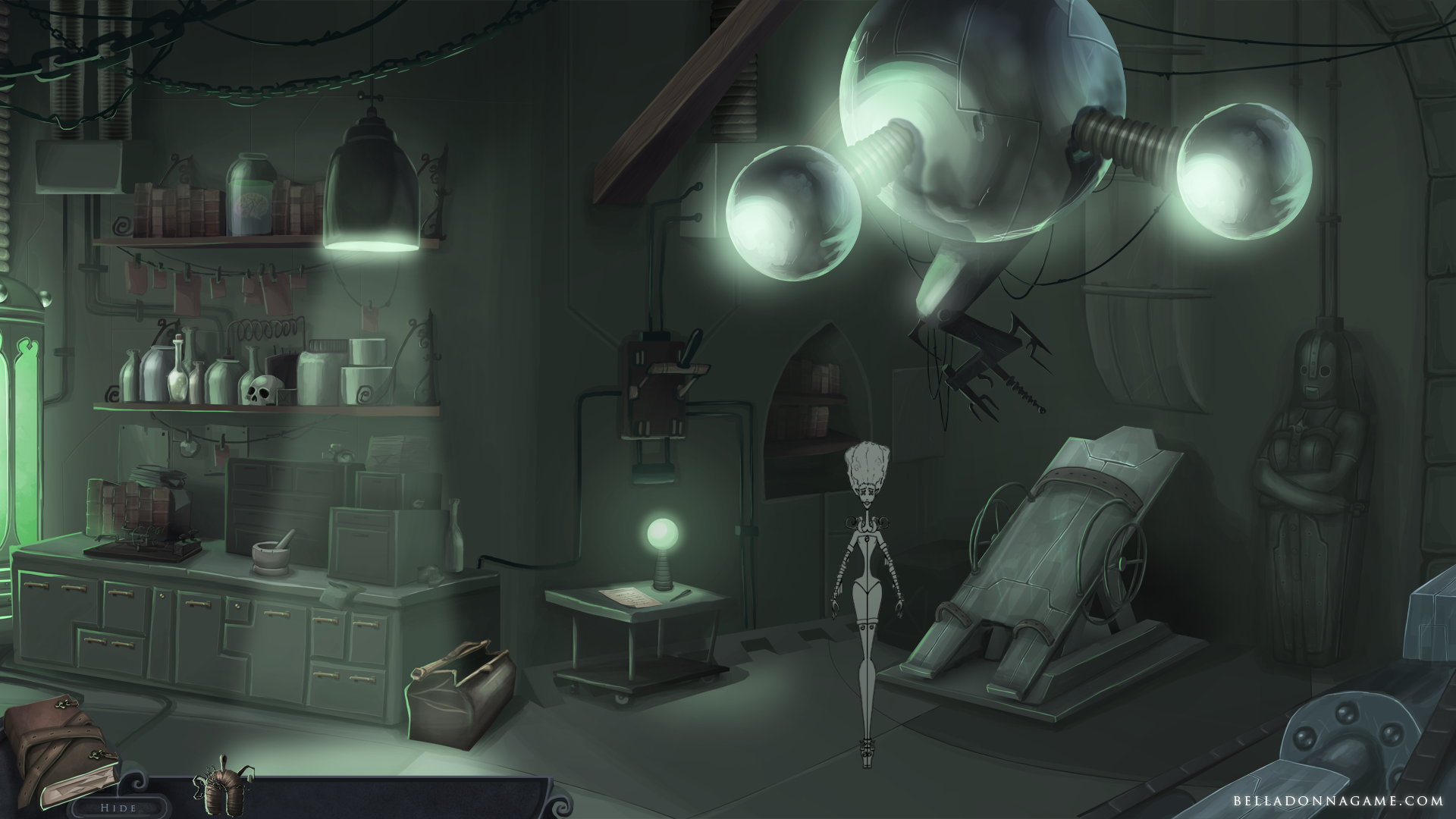
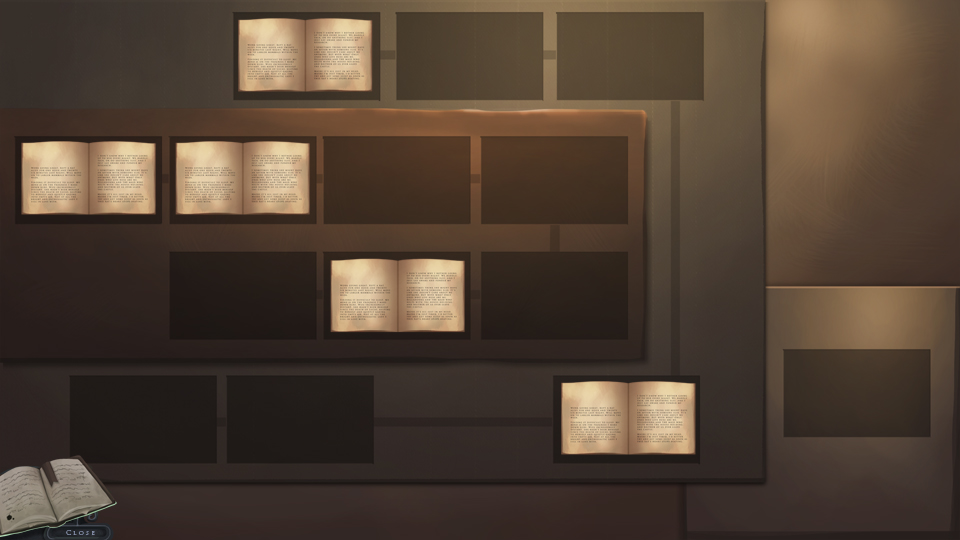
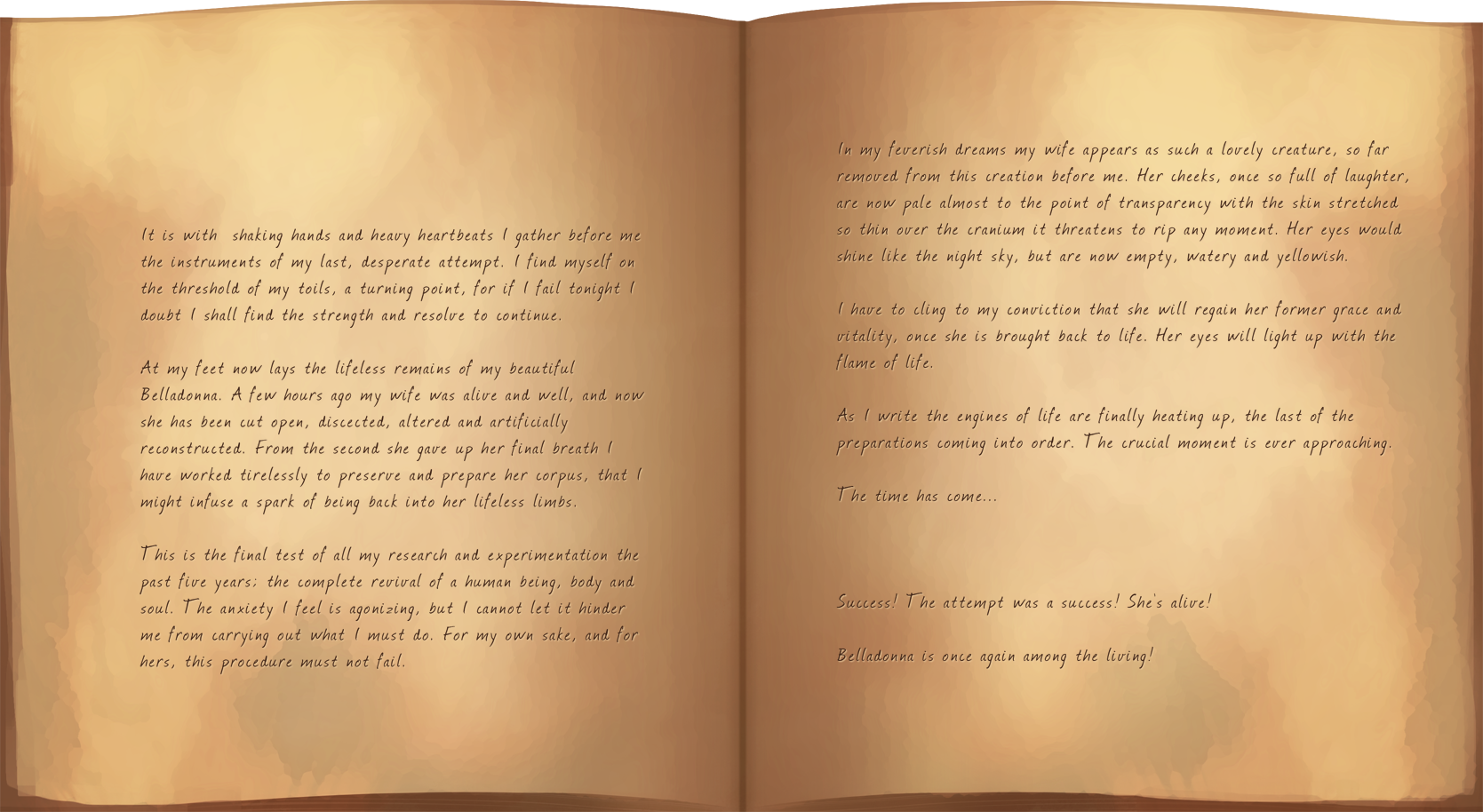




This comment is currently awaiting admin approval, join now to view.